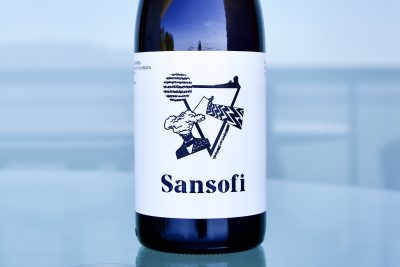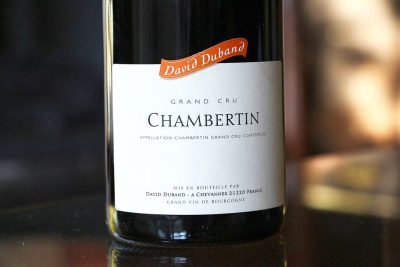Pablo Soldavini
Galicia, Spain
This website contains no AI-generated text or images.
All writing and photography are original works by Ted Vance.
Argentine national, Pablo Soldavini, returned to his ancestral home in Castro Caldelas inside Galicia’s Ribeira Sacra in the early 2010s. He has influenced many fellow winegrowers with his extraordinary, intuitive ability to understand the nature of any particular terroir and maximize its potential. Today, Pablo has dropped his winemaker consulting life to focus on his own projects based in Ribeira Sacra’s Ribeiras do Sil subzone with indigenous variety vineyards set at high altitudes in a largely abandoned viticultural area. Everything is done by hand with great care and a gentle approach with natural yeasts, hand harvesting and varying degrees of stem inclusion, gentle extraction (almost infusion), aging in steel or old oak and very little in the way of added sulfites.
Pablo Soldavini - 2023 Tinto, ‘Simple’
Price: $30.00
Size: 750ml
Availability:
Out of stock
Type of Wine: Red
Grape(s): A blend of the reds Mencía, Garnacha Tintorera, Mouratón, and Godello (white)
Style: Mineral, Elegant and Aromatic
GROWER OVERVIEW
Argentine national, Pablo Soldavini, returned to his ancestral home in Castro Caldelas inside Galicia’s Ribeira Sacra in the early 2010s. He has influenced many fellow winegrowers with his extraordinary, intuitive ability to understand the nature of any particular terroir and maximize its potential. Today, Pablo has dropped his winemaker consulting life to focus on his own projects based in Ribeira Sacra’s Ribeiras do Sil subzone with indigenous variety vineyards set at high altitudes in a largely abandoned viticultural area. Everything is done by hand with great care and a gentle approach with natural yeasts, hand harvesting and varying degrees of stem inclusion, gentle extraction (almost infusion), aging in steel or old oak and very little in the way of added sulfites.
VINEYARD DETAILS
Soldavini “Simple” is a red wine field blend of 30-80-year-old, Mencía, Garnacha Tintorera, Mouratón, Godello (white) and many other varieties grown in the Ribeira Sacra subzone “Ribeiras do Sil” with many different exposures on steep slopes of gneiss bedrock and sandy and loam topsoil at 400-500m.
CELLAR NOTES
Soldavini “Simple” is naturally fermented with 50% whole clusters with infusion extraction at 18°C max for 7 days and aged 10 months in old 1000-liters stainless steel tank. Unfiltered and unfined.






























